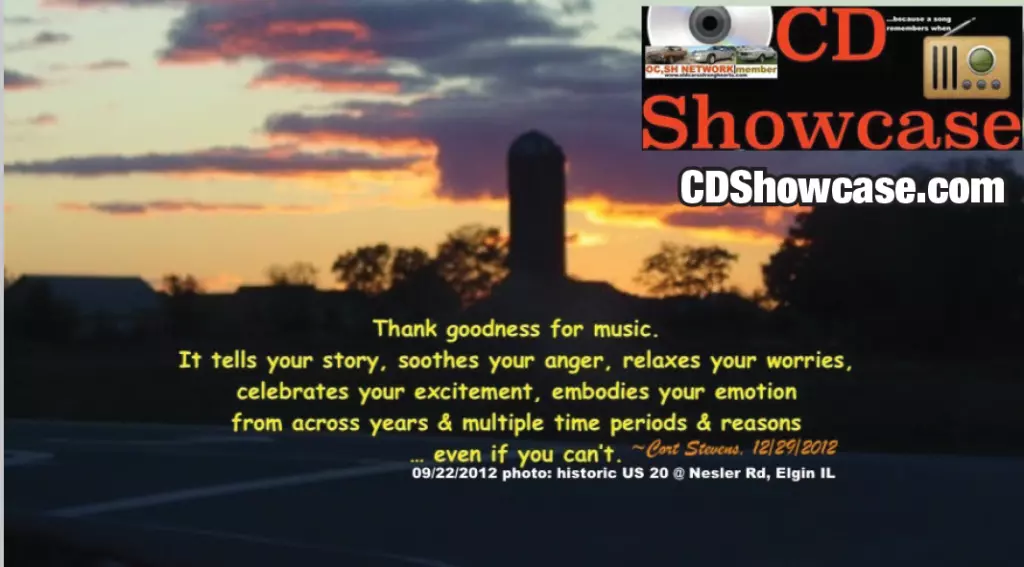Tuesday 28th June 1966
At a press conference in Detroit’s Statler-Hilton Hotel, Chevrolet’s Pete Estes announced a new car line, project designation XP-836. The name that Chevrolet chose was in keeping with their other car names beginning with the letter C, such as the Corvair, Chevelle, Chevy II and Corvette. He claimed the name ‘suggests the comradeship of good friends, as a personal car should be to its owner’, and that ‘to us, the name means just what we think the car will do… Go!’ The new Camaro name was then unveiled. The automotive press asked Chevrolet product managers what a Camaro was and were told it was ‘a small, vicious animal that eats Mustangs’.
The first-generation Chevrolet Camaro appeared in Chevrolet dealerships in September 1966, for the 1967 model year on a brand-new rear-wheel drive GM F-body platform and was available as a 2-door, 2+2 seat, hardtop (no “B” or center pillar) or convertible with a choice of six-cylinder and V8 power plants. The first-generation Camaro was built through the 1969 model year. The Camaro’s standard drive train was either a 230 cu in (3.8 L) straight-6 engine rated at 140 hp (104 kW) or a 327 cu in (5.4 L) (307 cu in (5.0 L) later in 1969) V8 engine, with a standard three-speed manual transmission. There were 8 (in 1967), 10 (in 1968), and 12 (in 1969) different engines available in 1967-1969 Camaros. The two-speed “Powerglide” automatic transmission was optional. The three-speed “Turbo Hydra-Matic 350” automatic became available starting in 1969. The larger Turbo 400 three-speed automatic was an option on SS396 cars. A four-speed manual was optional. There was a plethora of other options available all three years, including three main packages:
The RS was an appearance package that included hidden headlights, revised taillights with back-up lights under the rear bumper, RS badging, and exterior bright trim. It was available on any model. The SS performance package consisted of a 350 or 396 cu in V8 engine and chassis upgrades for better handling and to deal with the additional power. The SS featured non-functional air inlets on the hood, special striping, and SS badging. The Z/28 performance package was designed (with further modifications) to compete in the SCCA Trans-Am series. It included a solid-lifter 302 V8, 4-speed transmission, power disc brakes, and two wide stripes down the hood and trunk lid. The idea of offering such a wide variety of “packages” and numerous options was to “blanket” Camaro’s end of the personal car market with everything from a nice, plain and docile Six to a gaudy and fire breathing V8.[6] Almost all of 1967-1969 Camaros were built in the two U.S. assembly plants: Norwood, Ohio and Van Nuys, California. There were also five non-U.S. Camaro assembly plants in countries that required local assembly and content. These plants were located in the Philippines, Belgium, Switzerland, Venezuela, and Peru.






